Description
Here are some fun and engaging brain games for 8-year-olds that can help boost cognitive skills, creativity, and critical thinking:
### 1. **Memory Matching Game**
– **Objective:** Improve memory and concentration.
– **How to Play:** Create pairs of cards with pictures or words on them. Lay them face down in a grid. Players take turns flipping over two cards at a time to try to find matching pairs. The player with the most pairs at the end wins.
### 2. **Word Search**
– **Objective:** Enhance vocabulary and pattern recognition.
– **How to Play:** Provide a word search puzzle with a grid of letters. Kids need to find and circle the hidden words. You can use themed word searches (animals, nature, etc.) to make it more fun.
### 3. **Sudoku (Kid-Friendly)**
– **Objective:** Strengthen logic and problem-solving skills.
– **How to Play:** Provide simple 4×4 or 6×6 sudoku puzzles with a few numbers already filled in. Kids need to fill the grid so that each row, column, and block contains the numbers 1-4 or 1-6 without repetition.
### 4. **Riddles and Brain Teasers**
– **Objective:** Encourage critical thinking and reasoning.
– **How to Play:** Present a riddle or brain teaser for the child to solve. Examples:
– “What has keys but can’t open locks?” (A piano)
– “I’m tall when I’m young, and I’m short when I’m old. What am I?” (A candle)
### 5. **Tangrams**
– **Objective:** Improve spatial awareness and creativity.
– **How to Play:** Provide a set of tangram pieces (seven flat shapes) and ask the child to form different pictures or shapes, like animals or objects, by rearranging the pieces.
### 6. **20 Questions**
– **Objective:** Develop deductive reasoning and questioning skills.
– **How to Play:** One player thinks of an object, and the other player has 20 questions to ask (yes/no questions) to figure out what the object is. For example, “Is it something you can eat?” “Is it bigger than a breadbox?”
### 7. **Jigsaw Puzzles**
– **Objective:** Enhance problem-solving and spatial reasoning.
– **How to Play:** Give the child a jigsaw puzzle to complete. Choose puzzles with an appropriate number of pieces for their age, increasing the difficulty as they get better.
### 8. **Logic Grid Puzzles**
– **Objective:** Strengthen logical reasoning and deduction.
– **How to Play:** Present a simple logic grid puzzle where the child must use clues to match up items (e.g., names, colors, animals) with their respective categories. For example: “John’s pet is a cat, Sally’s pet is not a dog. Which pet does each child have?”
### 9. **Math Challenges**
– **Objective:** Practice math skills and enhance problem-solving.
– **How to Play:** Create math problems that require logical thinking, such as:
– “If 5 apples cost $3, how much would 10 apples cost?”
– “What number comes next in this sequence: 2, 4, 8, 16, ___?”
### 10. **Simon Says**
– **Objective:** Improve attention and listening skills.
– **How to Play:** Play the traditional game of Simon Says, where the leader gives commands (e.g., “Simon says, touch your nose”) and the players must follow only the commands preceded by “Simon says.” If Simon doesn’t say, and players follow the command, they are out.
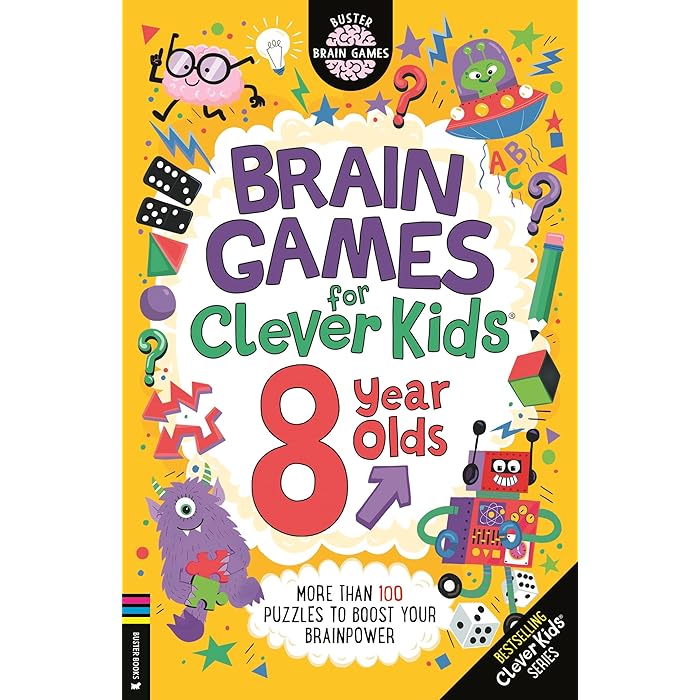
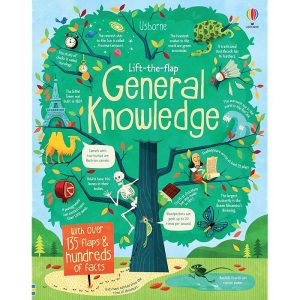

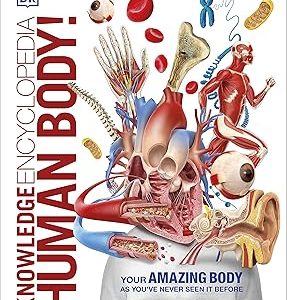
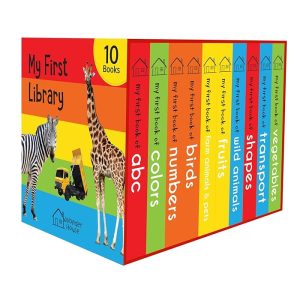


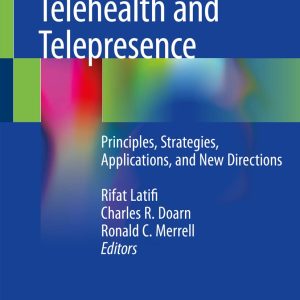
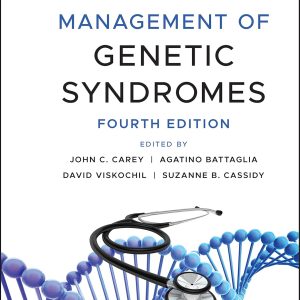


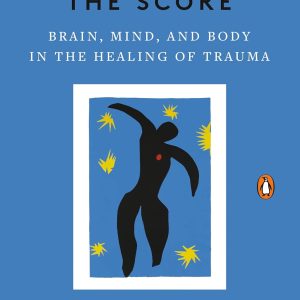




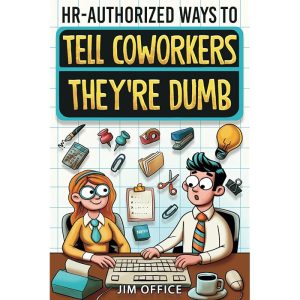
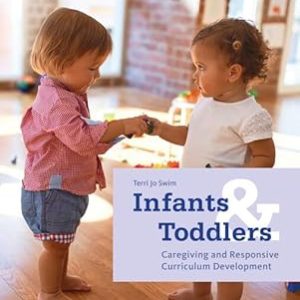



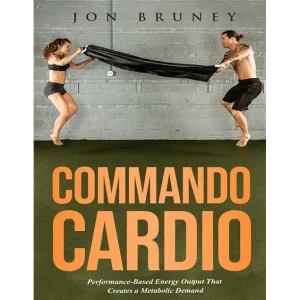

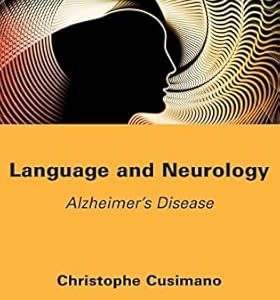






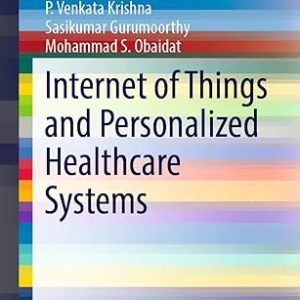
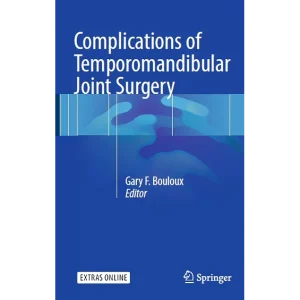





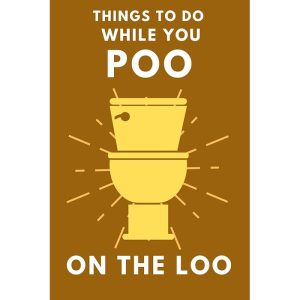













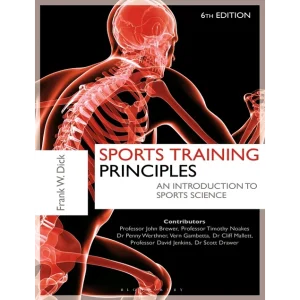






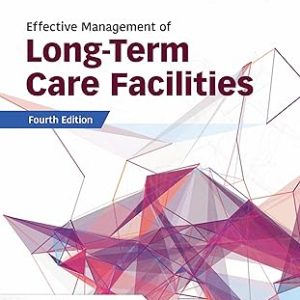



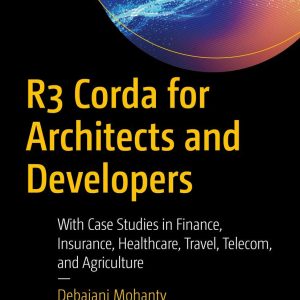






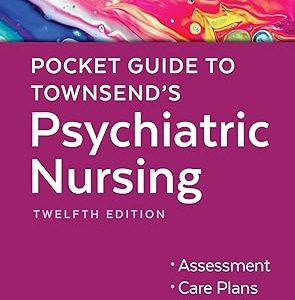
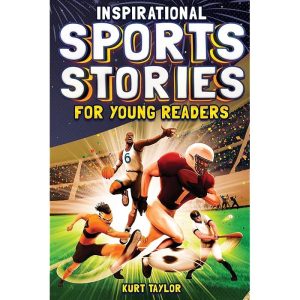

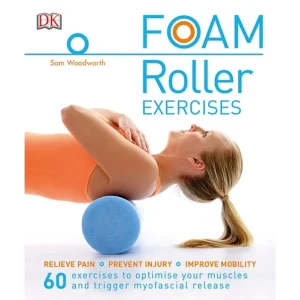
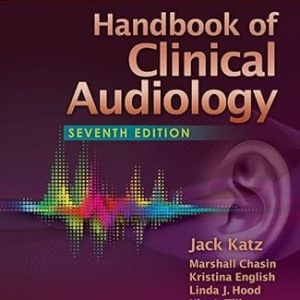




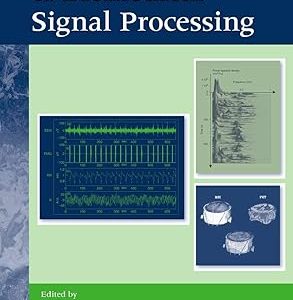








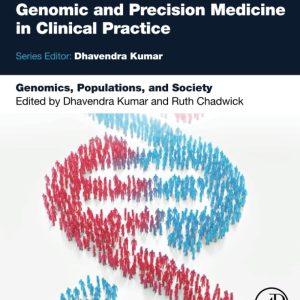


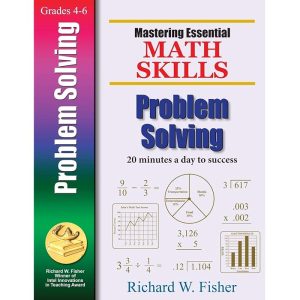



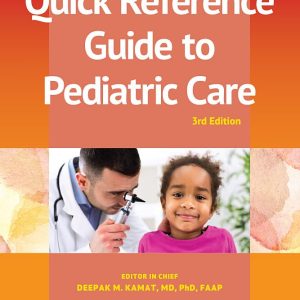
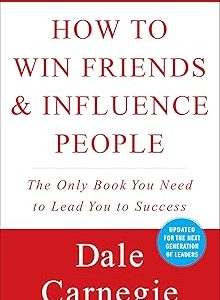


Reviews
There are no reviews yet.